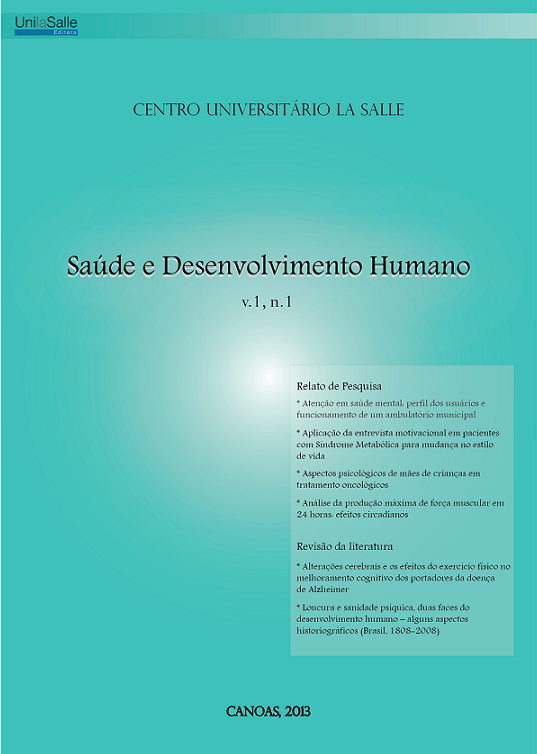Analysis of the maximum muscle strength in 24 hours: circadian effects
DOI:
https://doi.org/10.18316/1025Keywords:
circadian rhythm, maximum muscle strength, body temperature, heart rateAbstract
This study aimed to verify the effects of circadian variation on the capacity to produce maximum force in physically active men. The study was conducted on 10 healthy young males (age: 18.4 ± 0.5 years, total body mass: 64.4 ± 6.4 kg, height 173.2 ± 4.3 cm; body fat: 10.6 ± 1.2) presenting the intermediate chronotype according to morningness and eveningness questionnaire of Horne and Ostberg (1976). The Peak isokinetic torque (angular velocity 60°/s) of the extensor and flexor muscles of the elbow and knee was measured every four hours (from 08:00pm) and the peak torque ratio being recorded by the total body mass. There were significant differences (p <0.05) between the hours of 8 pm and 4 am for the variation of the maximum strength of knee extensors and between the hours of 12 pm and 8 am for knee flexors. There was no significant difference in the variation of body temperature over 24 hours. The heart rate showed a significant difference (p <0.05) between 4 pm and 4 am and between the hours 12 am and 4 pm. There is an increase in the capacity of maximum strength in the afternoon and a decrease during the night, the oscillation being similar to body temperature and heart rate which corroborates evidence presented in the literature.Downloads
Published
2013-05-29
Issue
Section
Artigos Originais
License
Authors who submit their manuscripts to be published in this journal agree to the following terms:
- Authors retain copyright and grant the journal right of first publication with the work simultaneously licensed under the Creative Commons Attribution License that allows the sharing of work and recognition of its initial publication in this journal.
- By virtue of the articles appearing in this open access journal, articles are free to use, with proper attribution, in educational and non-commercia.


